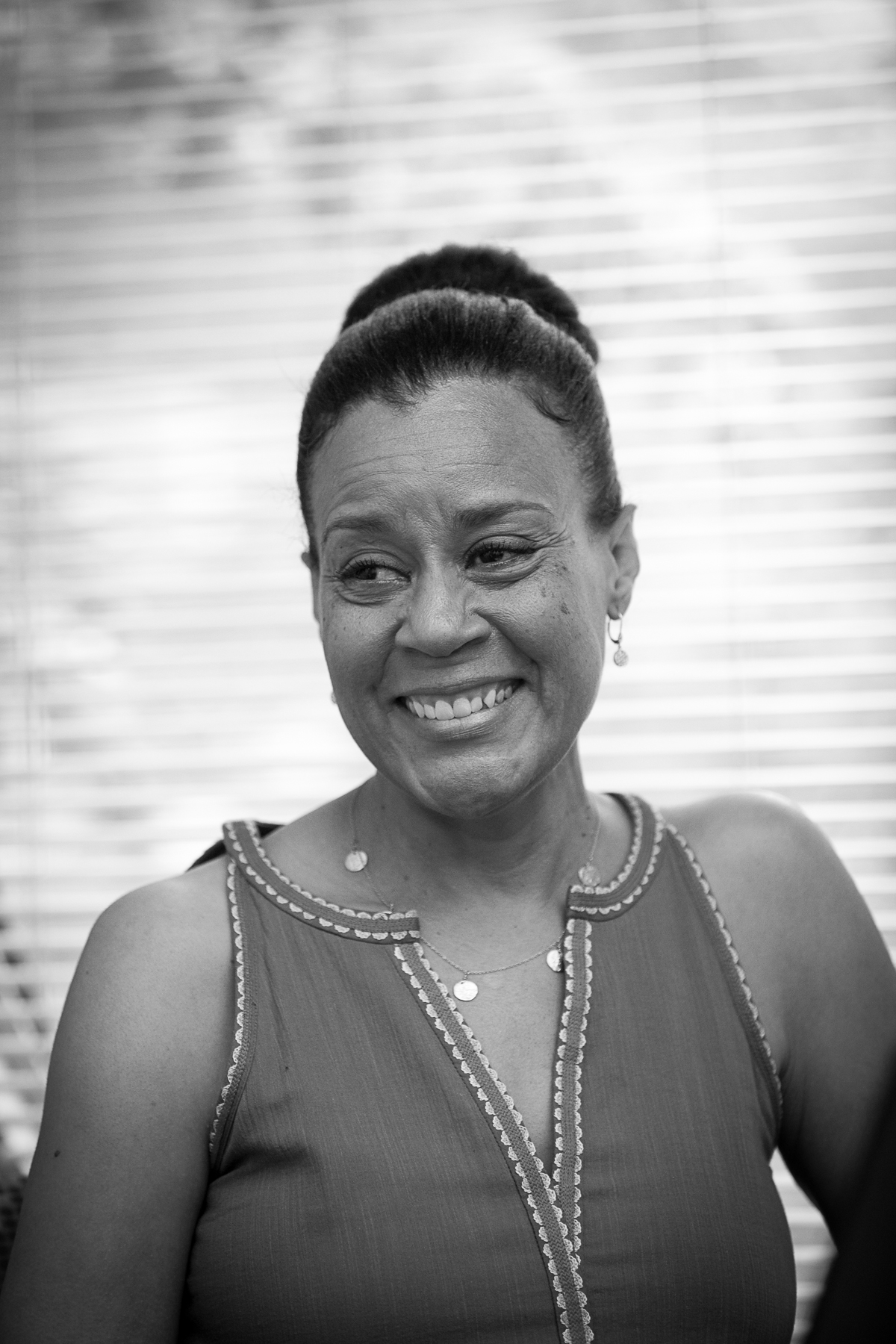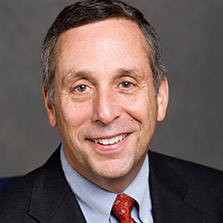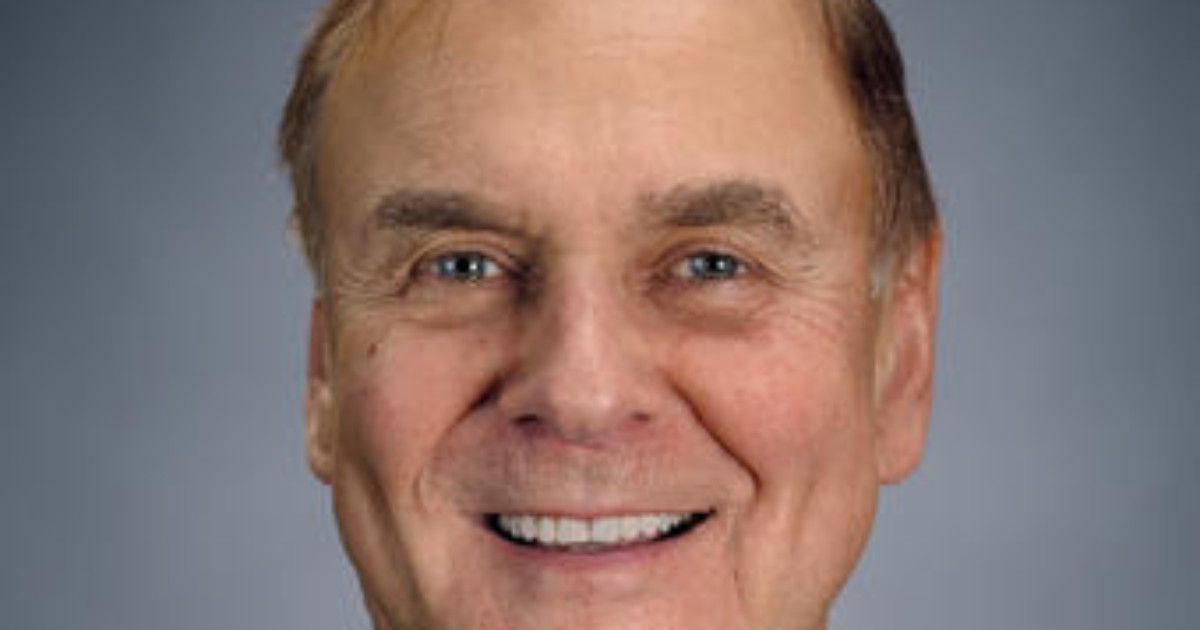The founding director of McLean’s College Mental Health program helps schools see the value of a student-centered approach
Driving onto the McLean hospital grounds in Belmont Massachusetts is like entering an iconic college campus, right down to the leafy green lawns, matching brick buildings, and challenging signage. Here, Stephanie Pinder-Amaker, Ph.D, directs McLean’s College Mental Health Program, the nation’s only comprehensive program for college mental health that combines treatment, research, and outreach.
A clinical psychologist and former student affairs professional, Pinder-Amaker came to McLean from the University of Michigan where she led a number of pioneering efforts in student mental health and crisis response. When McLean’s President, Scott Rauch, asked if she’d be interested in starting a college mental health program at what is considered the top freestanding psychiatric hospital in the world, she found his argument particularly compelling.
“We have the expertise — the world class clinicians across all the presenting clinical concerns — but we don’t know higher education. We don’t know what’s happening on college campuses.”
As the program’s founding director, Pinder-Amaker puts her experience at Michigan to work on behalf of hundreds of college students and the institutions they attend, all the time keeping a close watch on what’s really going on at schools across the country.
Mary Christie Quarterly: How did the College Mental Health Program get started?
Stephanie Pinder Amaker: There was a growing sense, anecdotally, that we were seeing an increase in our college student presence throughout the hospital, but we didn’t have the data. This was hard to do since we were seeing so many kids coming in for treatment through different access points, such as through the Obsessive Compulsive Disorder Institute and through the Klarman Eating Disorders Center. We had students coming in at all levels of care, from day programming to intensive two-week experiences. We needed to have an accurate picture of who we were treating, so goal number one was to gather data.
When we were better able to quantify our work, we really saw that we had a microcosm of what’s happening nationally in terms of student mental health. I think with that came a mandate to do this work in conjunction with colleges. We had this unique opportunity to learn as much as we could about the kinds of concerns college students are presented with. We spent a lot of time reaching out to the higher education community: visiting campuses, meeting with mental health providers and campus administrators, and sharing and learning what’s working.
All of that early work led to the development of our three domains of work: trans-diagnostic student focused treatment, outreach and consultation with colleges and universities, and continued research.
This way, we are treating kids, helping practitioners on campus, and contributing to the field of student mental health.
MCQ: How did your experiences at Michigan prepare you for this role?
SPA: Michigan, as most people know, is a very progressive campus when it comes to student affairs issues. They were proactive on issues like LGBTQ rights, multi-cultural concerns, sexual assault, and suicide prevention way before other institutions were. They made mental health a huge priority.
I feel really fortunate that when I first became immersed in college student mental health, it was in a place that was at the far end of the continuum. Early on, they were saying, “These kids are ours. We want to know what their concerns are and when they get here, we’re going to do our level best to keep them here. Period.”
But I think the most important thing I learned from doing that work is the need to get out ahead of some of these things and to have the time and the space to think about prevention strategically. It’s very hard. You see schools over and over again getting caught in this vicious cycle where they’re in the business of responding to one crisis after another. That approach isn’t an effective resolution over time, but it’s hard for schools to break that cycle.
MCQ: How do you help schools with this?
SPA: Sometimes the consultations we do are about policy, like redesigning an effective emergency mental health readmissions policy, but we most often get hired to work with schools in response to critical incidents. It is rewarding to go in during a crisis period when you have everyone’s attention and they keep asking how they can help, but if a school wants our program to help them with a short-term crisis, we require them to commit to developing a long-term solution as well.
For example, we might get asked to come in to respond to a crisis like a sexual assault on campus that can be triggering for everyone, including faculty. We would provide emergency clinical resources responding to trauma where we literally set up shop on campus. That’s the short-term piece.
But the long-term commitment is continuing to consult with their clinical psychological services to figure out where the gaps are — the clinical interventions and expertise they are missing to prevent and respond to trauma.
MCQ: What are you seeing, in terms of trends in student mental health?
SPA: An increase in students arriving on campus with more severe and complex mental health concerns. That’s a pretty well-documented trend at this point. There is a larger number of students already taking psychotropic medications and a burgeoning number of students arriving with functioning autism disorders. This is a result of early identification and intervention; these are all positive things.
Perceived stigma is down, but self-stigma is as much a problem as it has always been. In other words, if your roommate takes medication for depression, you are not going to think any less of him or her.
But if you have depression, you’re going to think less of yourself. There is a reluctance to define oneself as having an illness and this gets in the way of a lot of kids seeking help.
Help-seeking behavior remains a Catch 22 for colleges. Campuses can’t keep up with the growing demand for mental health services, but at the same time, students’ help-seeking behavior is still really conservative. Nearly 75 percent of students who need services won’t seek them through traditional portals on campus. Schools are asking themselves, “How do we better reach that 75 percent?” but, at the same time, they’re also asking, “What do we do if we reach them all?”
MCQ: Is this where the community partnerships come into play?
SPA: Yes. Community partnerships are really important. They’re essential because we know campus services have limited capacity, and so many students need more support or longer-term care. Some schools do a really good job at getting to know and engaging with partners, while others just keep referral lists that may or may not be updated.
Community providers have to do a better job at this as well. We need to meet the schools halfway. If you are a practitioner working with students, it’s on you to understand what unique needs or concerns this student/patient may have.
For example, if you are working with an MIT student who happens to be an international student, it’s important to understand what additional recourses MIT has for supporting this person.
Having a campus/community liaison can be a great resource here on many levels. The liaison can keep the communication going and can really support students. You may be living on campus and going into the community for weekly therapy. You may be going to yet another place for medical management. It can be very hard to navigate all of this.
MCQ: How are colleges improving in this area? What still needs to happen?
SPA: I am really pleased to see that more schools are engaging in comprehensive assessments of the mental health functioning of their incoming students as a way of understanding who is about to come to them, as well as what their needs may be. The schools then use that information to inform programming and link students up with key resources before they even arrive on campus.
These colleges are saying, “One in four of our students is going to have a mental health challenge while they’re with us. We need to be proactive about identifying them, reaching out to them, and supporting them.” It is a completely different philosophy than saying, “We’re not going to have those problems here.”
Another approach we’re working on is to reach younger students — secondary school at the latest —and do more engaging with their psychiatrists, their parents, and their high schools around preparation for college and the college transition.
MCQ: What is your opinion on the current role of parents?
SPA: This is an important strategic area for us. The under-tapped stakeholder in all of this is the parent of the student in crisis. Schools and providers have to do a better job of communicating and engaging these parents, especially since many of them are in a position to provide additional support.
Often, the first people a student will invite to their college support team will be their parents, even if they are across the country. But too often, parents of students in crisis are desperate, under-resourced, and under-served. They are in a tough place because they are essentially cut out of the communication loop.
MCQ: Is this due to the confidentiality policies? What is your take on that?
SPA: My bias is to engage students early and often around the benefits of permitting communication, and not just with parents. We work with students on the advantages of selected disclosure so they can widen their support circle. Obviously, this is hard for kids.
No one wants his or her problems shared with the world — that’s understandable. We advise kids to reach out to someone who is in a position to help them by knowing their situation. The healthiest way to do this is to remind kids that they get to decide who to tell and how to tell them.




